
|
|
|
|
|
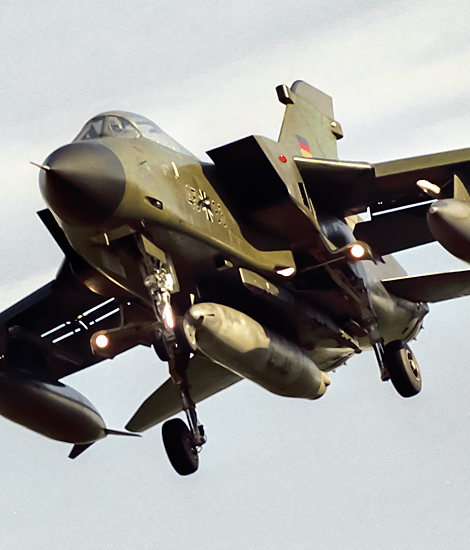
|
Jagdbombergeschwader 31; Nörvenich, October 24, 2003
The Tornado’s of Boeckle; Text and Photograph's by Alex van Noye
Jagdbombergeschwader 31 (JBG-31) was established in 1957 at the German airbase Büchel in the former West Germany. Jagdbombergeschwader 31 was in 1979 the first unit in Germany which switched to the Panavia Tornado. The Panavia Tornado IDS replaced the outdated Lockheed F-104G Starfighter in the unit.
The area which would later become known as Nörvenich Air Base was at the begin- ning of the Cold War located in the British occupation zone. The RAF was shortly after the Second World War based at airfields shortly behind the Iron Curtain. Most of the airfields in Western Germany were still unusable after the Second World War. At the beginning of 1952, it was decided to build an RAF airfield in the Nörvenicher woods. The need was urgent to possess more airfields near the Iron Curtain. The construction of the airbase was quickly put in motion despite the objections of local residents. The construction of Nörvenich was officially started after a short preparation on June 15, 1953. There were strong protests by the German population against the airbase. About 700 people with black flags protested against the construction of the airbase in Bonn during the construction of the airbase on July 1, 1953. About 70 Bavarian loggers started cutting down the trees on July 15, 1953. The first British fighters landed on Nörvenich in August 1954. The airbase was constructed rapidly for the RAF, but soon it was handed over to the German government. In December 1955, Nörvenich was officially handed over to the West German government. An administrative center and the first air force learning center of the newly established West German Luftwaffe were stationed on the terrain of the new airbase on December 8, 1955. This date is known in Germany as the rebirth of the German Luftwaffe which was disbanded since the end of the Second World War.
Jagdbombergeschwader 31 (JBG-31) was established in 1957 at the German Büchel Air Base in West Germany. The unit was part of the West German Air Force at the highlight of the Cold War. JBG-31 is the oldest still existing fighter-bomber unit in Germany. The unit was quickly moved from Büchel to Nörvenich in January 1958. The unit was from the start equipped with the Republic F-84F Thunderstreak. This unit was one of the first fighter-bombers units which entered the jet age. The first jet fighters in
|
|
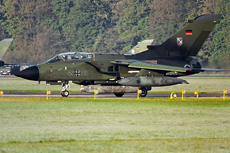
|
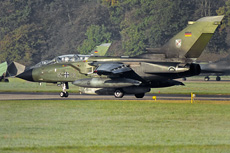
|
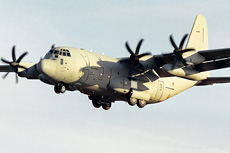
|
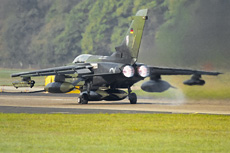
|
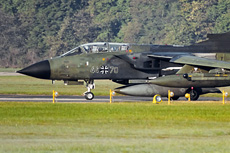
|
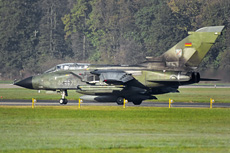
|
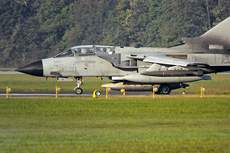
|
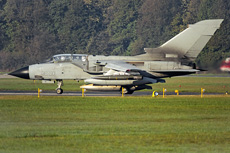
|
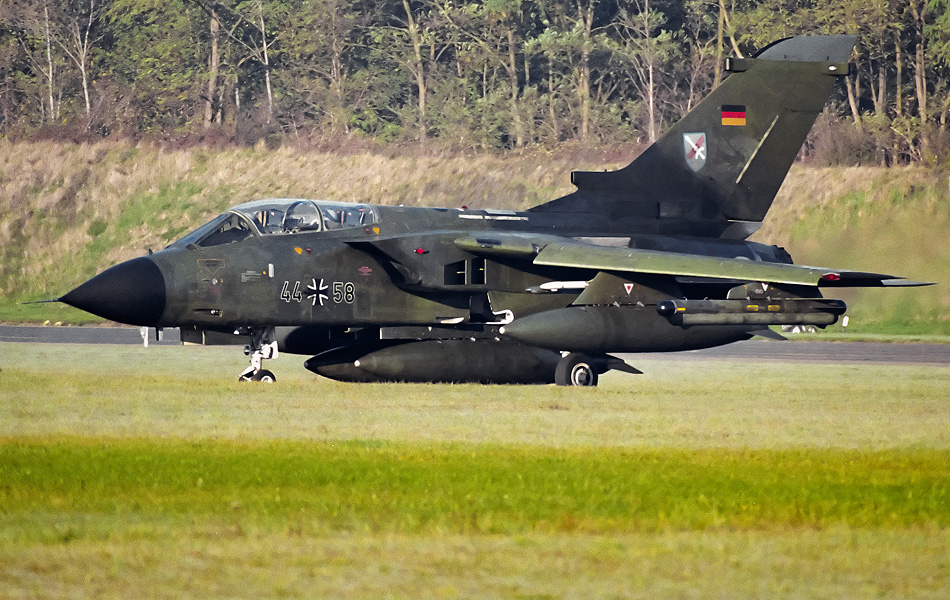
|
this period were very light and had little capacity. The Thunderstreaks were sold to West Germany by the Americans as a part of the Marshall Plan. The purpose of the Marshall Plan was to build up a European defense against the Soviet threat which emerged during the Cold War. JBG-31 was placed under the command of the NATO and was officially declared operational from January 19, 1959. The Thunderstreaks of JBG-31 were replaced by the modern Lockheed F-104G Starfighter in 1961. The unit was for the first time at full strength and was at that time fully equipped with the Starfighter on June 20, 1962. The unit was divided into three parts, namely; the airbase (FLGH) the Boelcke Barracks (PA) and the Haus Hardt Barracks (HH). A Geschwader in Germany is similar to a regiment in the army. It consists of three groups, namely; the air base group, the technical group and the flying group.
JBG-31 was coupled to the name Oswald Boeckle since April 20, 1962. Oswald Boeckle was during the First World War a fighter pilot who achieved great fame. Boeckle was one of the most influential patrol leaders of the German Luftwaffe and was a great tactician. Boeckle was born in Giebichenstein in Germany and grew mostly up in Argentina. His father was a nationalist and a militarist. Through these ideals, he started quickly at the military school as a cadet. His parents were against this and soon he was assigned to the Telegraphen-Bataillon 3 at the Kriegsshule in Metz. In 1914 he would get his pilot's license at the German Halberstädter Fliegerschule. Boeckle showed to be an excellent pilot and he made victory after victory during the First World War. Boeckle is considered as the founder of the German fighter air force. He is the creator of most air combat tactics and was the first person who mapped the rules of combat. These rules which he devised became later known as the Dicta Boeckle. He described how rules could be used in a successful attack formation despite the fact that he was a true ace with a lot of experience in dogfights. He was next to an excellent pilot also a great leader and a true team player. The main German ace Manfred von Richthofen, also known as the Red Baron, has learned all the tactics which he used from Oswald Boeckle. Boeckle died after his plane made a relatively soft crash landing on October 28, 1916. Boeckle forgot that day to fasten his seatbelt and he was thrown out of his aircraft during the crash. Oswald Boeckle died at the age of 25 and became one of the largest names in German history of aviation.
JBG-31 was in 1979 the first unit in Germany which switched to the Panavia Tornado. The Panavia Tornado IDS replaced the Lockheed F-104G Starfighter in the unit. The Tornado was a totally different aircraft compared to the Starfighter. The aircraft was much larger and much heavier. For the first time the unit had access to a full-fledged ground attack fighter which was able to carry heavy weapon loads. The Tornado is an aircraft which is equipped with the swing wing construction and is therefore able to reach high speeds. The second unit which was also stationed at Nörvenich for years was the Waffen Schule der Luftwaffe 10. This unit was also equipped with the Tornado and moved to Jever in the north of Germany in the province of Lower Saxony. This unit was named to Jagdbombergeschwader 38. JBG-31 received a total of 45 Tornado IDS aircraft and were all stationed at Nörvenich. JBG-31 consisted of two staffels of the German Luftwaffe which is standard in a geschwader. The third Staffel was American and existed only on paper. This unit was the 52nd Fighter Squadron of the USAFE at Spangdahlem. This unit is equipped with the A-10 Thunderbolt. The unit would merge with the German unit JBG-31 in times of war. There is also a SAR detachment of the German Lufttransportgeschwader 61 stationed at Nörvenich which is equipped with the Bell UH-1 Huey. The tasks of JBG-31 are today still attacking ground targets. JBG-31 is now a modern unit of the German Luftwaffe and is always ready to be deployed.
|
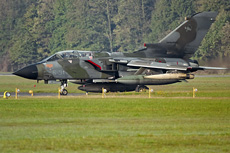
|
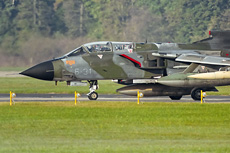
|
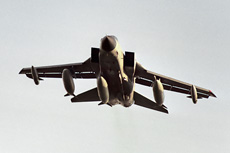
|
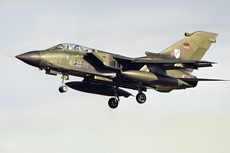
|
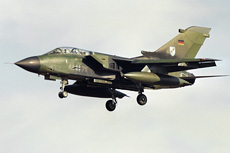
|
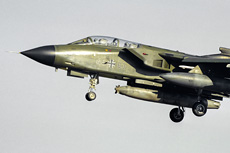
|
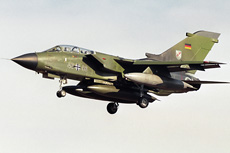
|
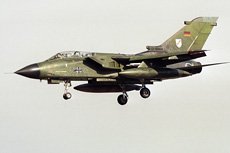
|
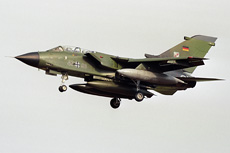
|
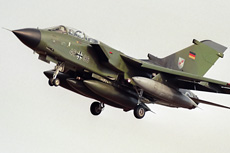
|
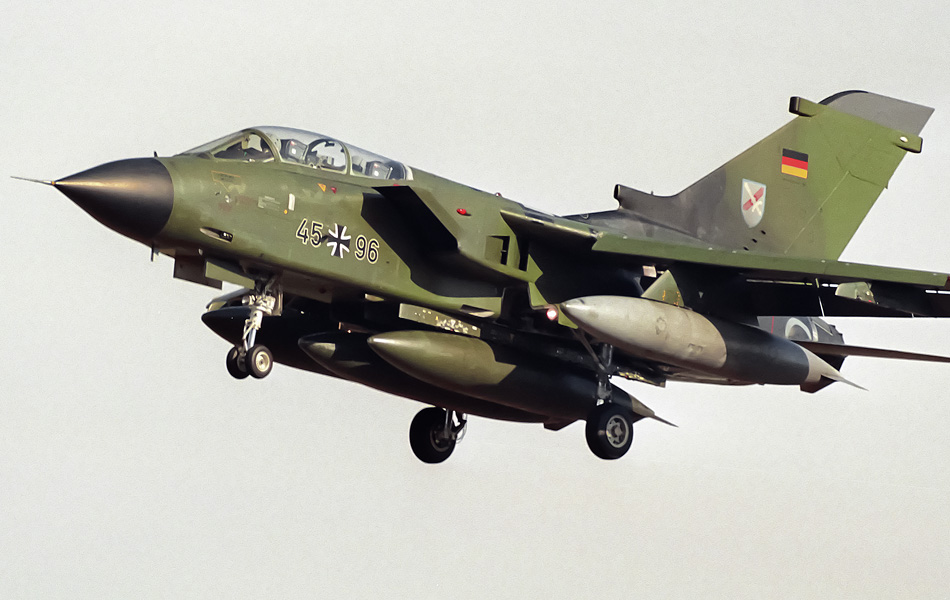
|
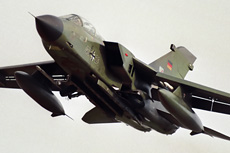
|
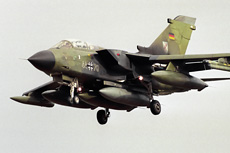
|
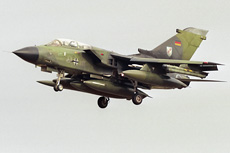
|
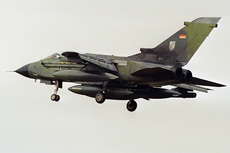
|
|
|

|







